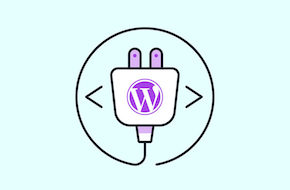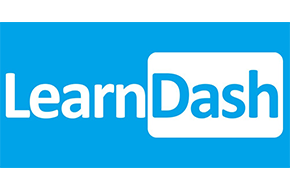
Use different coding languages to complement each other
Create powerful functionality on your WordPress site
A WordPress site is made up of many different parts coming together, from the database of information to the files of all different types and languages. While the crux of the site is presented in HTML, that’s certainly much more to it. The content is pulled from the SQL database via PHP, CSS makes it look good, and JavaScript allows for users to interact with the site in dynamic ways. Learn about all these different languages and how they interact in WordPress here!
HTML and CSS is a classic example
HTML and CSS are essentially the framework of your WordPress website, and everything essentially fills in or hooks into these elements. From a simple paragraph to complex and multi-layered menu with divs and lists, any given element on a page is structured using HTML.
Of course, if there was no CSS styling, it would all just be black text on a white screen. CSS is what controls the look and feel of that structure, from colors to margins and even the method of how any element displays in relation to the surrounding code. HTML and CSS are often the starting point for anyone learning to build websites, and for good reason. These two connected languages are the foundation for everything else.
Grab all the data you need with PHP and SQL
In almost all cases in WordPress, the actual content inside those HTML elements is not hard-coded directly into the template. It’s stored in a database, filled with all kinds of content from the words of a blog post to the options and permissions that allow the author to post it. The actual MySQL query language to find this data is complex, and most developers are able to get by with the functions built into PHP. But there is some value in an SQL crash course, especially if you’d like to develop your own plugins or themes.
But you should still utilize PHP whenever possible, even then! PHP is a language designed to interact with the database, and the server that houses it. There are thousands of functions built into the language, many directly related to WordPress, that allow you to do things like pull a list of posts with additional information, check the current user’s permissions and preferences, and update all of the above and more. PHP also ties into HML through the “echo” function and its variations, allowing you to specify content and HTML wrappers to display on the screen.
Merge PHP and JavaScript with powerful AJAX
JavaScript is all about changing the site based on interaction from the user. Some simpler elements, like links and dropdowns, have their functionality built right into HTML. But what if you want an element to appear or disappear with the click of a button? What if you want a gallery of images to act as a slider? What if you want to trigger an animation based on when a user scrolls to that element? JavaScript makes all of that possible, with a myriad array of triggers and events that all tie into the HTML and browser elements.
For the most dynamic interactions, you can even use AJAX to tie JavaScript and PHP together. By their natures, JavaScript can only the frontend of the site, and PHP can only affect the database and server. But with AJAX, you can connect files of these two different languages and make them work together to update site content on the fly from a user’s interaction, and never have to reload the page.
Want some guidance in using the languages at your disposal to start your next project? Don’t hesitate to reach out to us for a free quote today!



